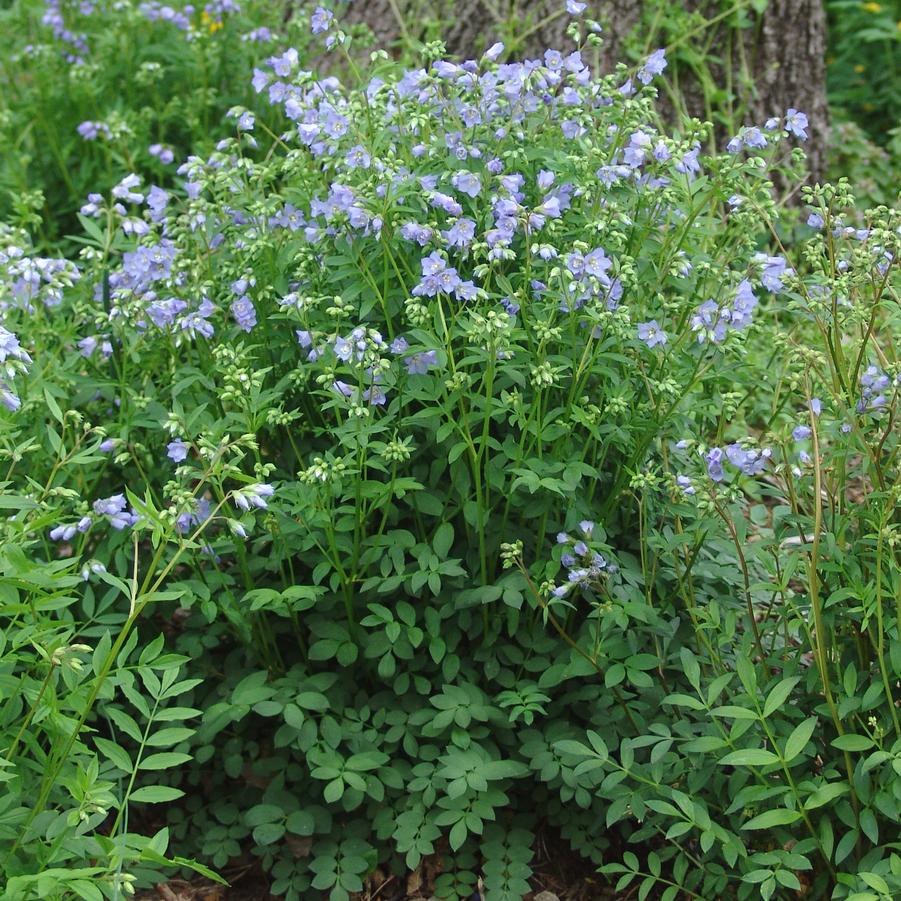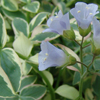

Plant Calculator
Enter the approximate length and width of the area you will be planting and click 'Calculate' to determine how many Polemonium reptans you will need.
Correct and successful spacing is complex and depends on project conditions. We encourage you to call us at 877-ECO-PLUG for project specific recommendations and further assistance.
Polemonium reptans
Greek valerian (creeping Jacob's ladder)
- Category: Perennial, Native
- Hardiness Zone: 4-8
- Height: 12-18 Inches
- Spread: 12-18 Inches
- Spacing: 12 Inches
- Bloom Color: Violet
A free-flowering woodland native with delicate light blue flowers topping ladder-like foliage in late spring. A good light-textured groundcover in areas with average to moist soils.
Green Infrastructure
| • | Woodland |
Wetland Indicator Status
| • | Falcutative Upland (FACU) |
Plug Type
| • | Landscape Plug™ |
For Animals
| • | Deer Resistant |
Season of Interest (Flowering)
| • | Late Spring / Early Summer |
Propagation Type
| • | Open pollinated |
Additional Information about Polemonium reptans
Growing up to 1’ tall, this free-flowering woodland native has delicate light blue flowers topping ladder-like foliage in late spring. Polemonium reptans is a good light-textured groundcover in areas with average to moist soils, thriving in light shade beneath deciduous trees. Blooming in April through to May, the flowers range in color from light purple to light pink and form in delicate clusters atop the fresh green foliage. A natural partner with creeping Phlox and ferns, this is a wonderful and unexpected addition to the spring shade garden.
Polemonium reptans is found in moist, deciduous forests or along streambanks from New York to Minnesota and south to Georgia and Arkansas. It does best in moist, humus-rich, well-drained soil in part to full shade. A sweet spring wildflower, the green foliage persists through the growing season and is an easy to grow groundcover that spreads by shallow rhizome. When placed in a happy location, Greek valerian self-sows. In periods of drought, plant will go into dormancy.
We find Polemonium reptans to be deer-resistant and enjoy how it provides an early season nectar sources to native pollinators. Visited by a wide assortment of native bees, Andrena polemonii is of note as a specialist bee that only feeds on plants from Polemonium genus. In addition, several moth larvae use the foliage as forage.
Growing & Maintenance Tips for Polemonium reptans
Best in moist, humus-rich, well-drained soil in part to full shade.

